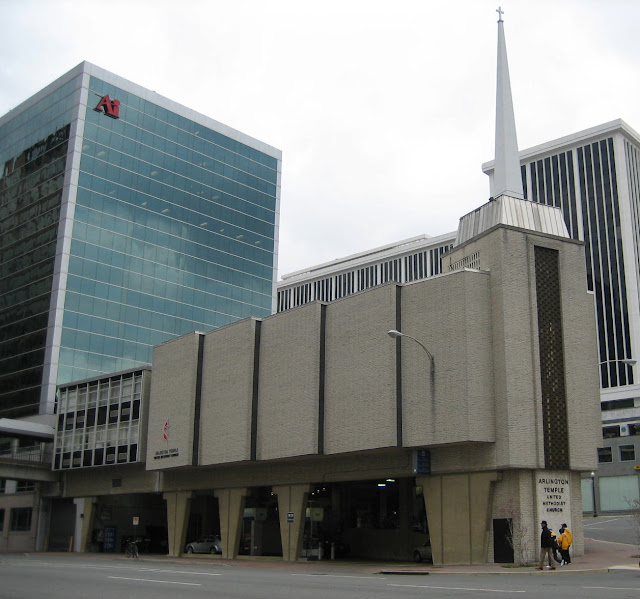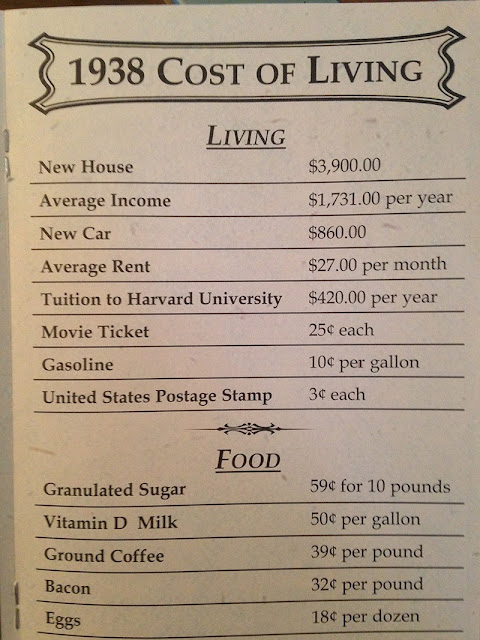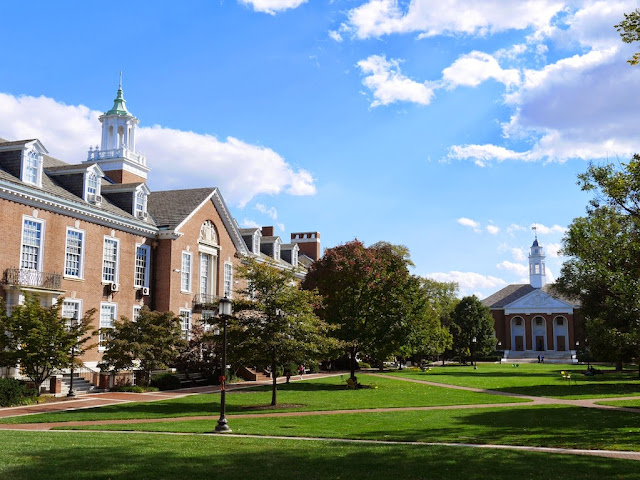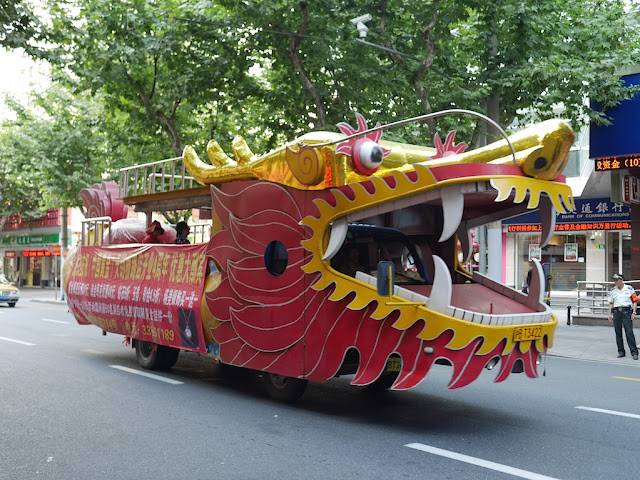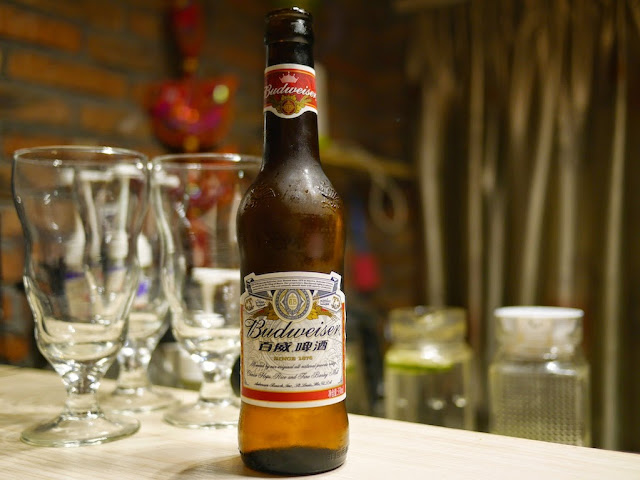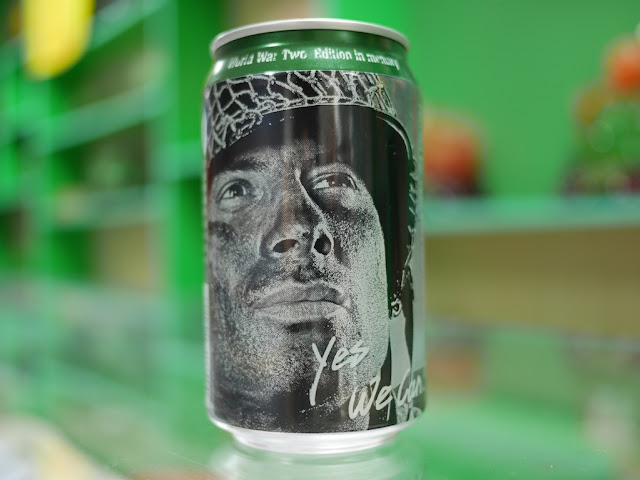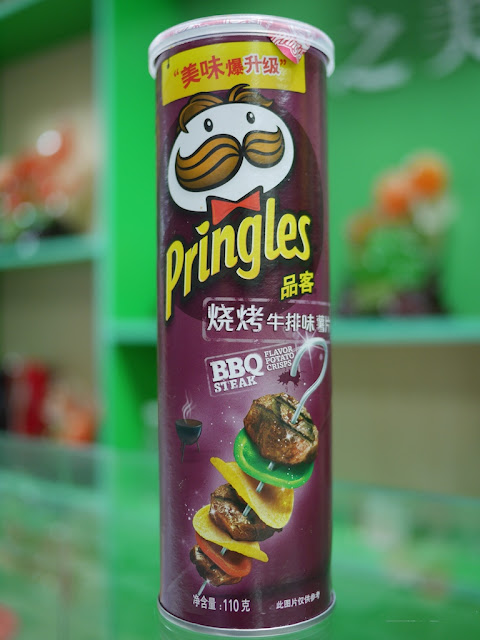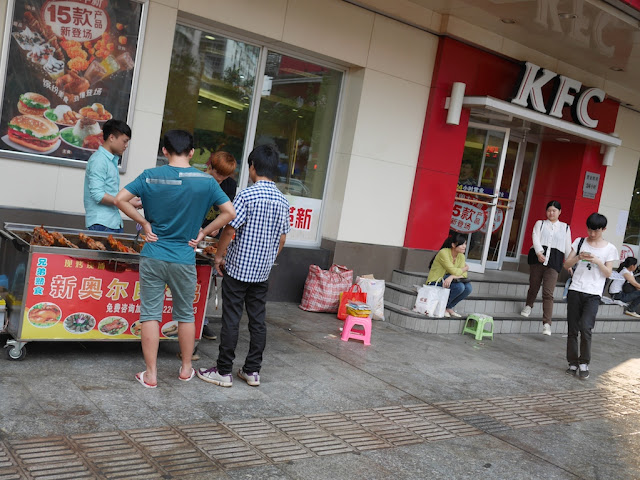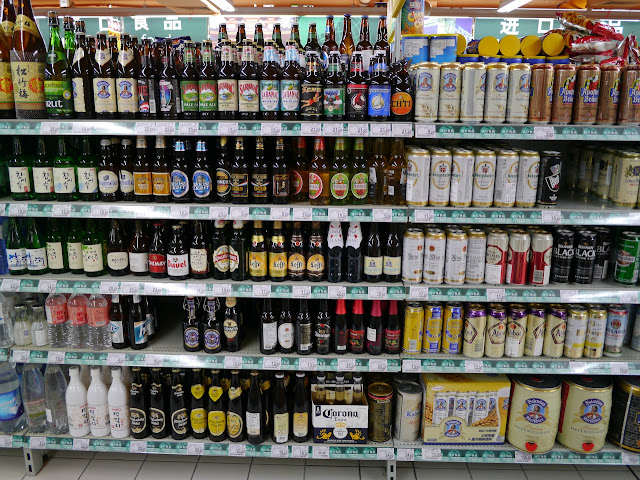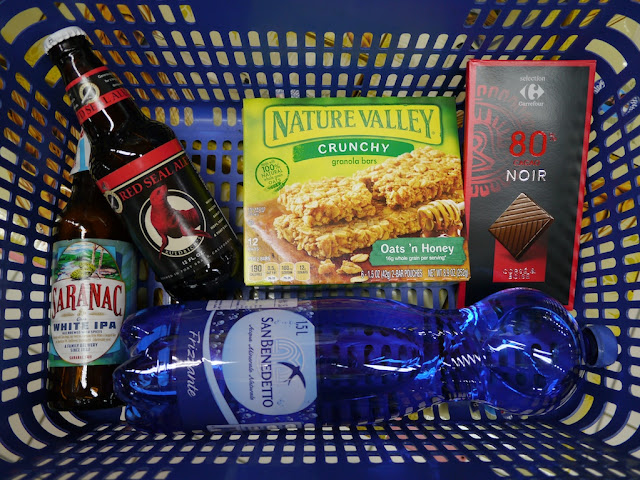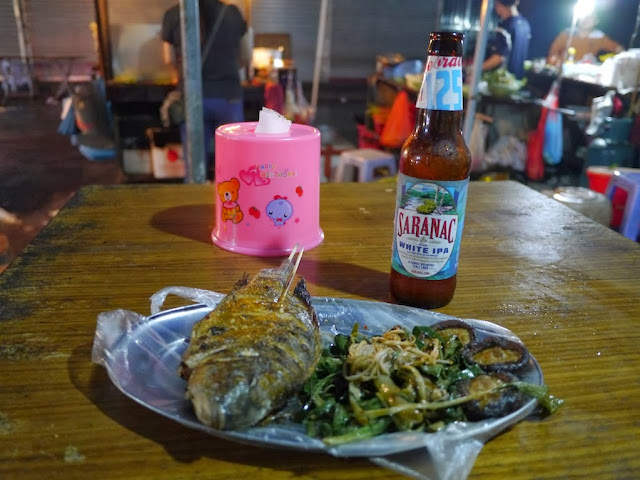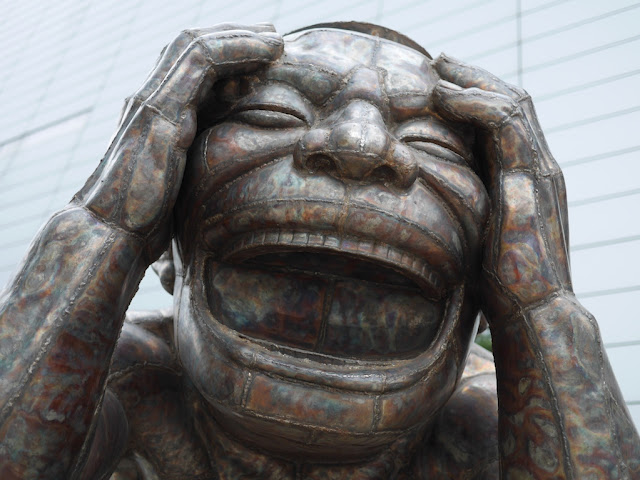As I approached a restaurant which serves local-style food in Chongqing, I paused for a moment when I saw who was sitting in front of the restaurant's entrance.
A group of Chinese later left the restaurant exclaiming "Obama!". A few had their photos taken while sitting on the bench. A server at the restaurant identified the statue as President Barack Obama. She said it was not theirs but was owned by the touristy complex where the restaurant can be found.
Obama may be pleased by this. Not only did he once sit on a bench with Chinese President Xi Jinping and give it to him, but he may see the Chongqing bench as indicative of a type of influence the U.S. has in China that China has less of in the U.S.
A group of Chinese later left the restaurant exclaiming "Obama!". A few had their photos taken while sitting on the bench. A server at the restaurant identified the statue as President Barack Obama. She said it was not theirs but was owned by the touristy complex where the restaurant can be found.
Obama may be pleased by this. Not only did he once sit on a bench with Chinese President Xi Jinping and give it to him, but he may see the Chongqing bench as indicative of a type of influence the U.S. has in China that China has less of in the U.S.
 |
| Official White House Photo by Pete Souza |


